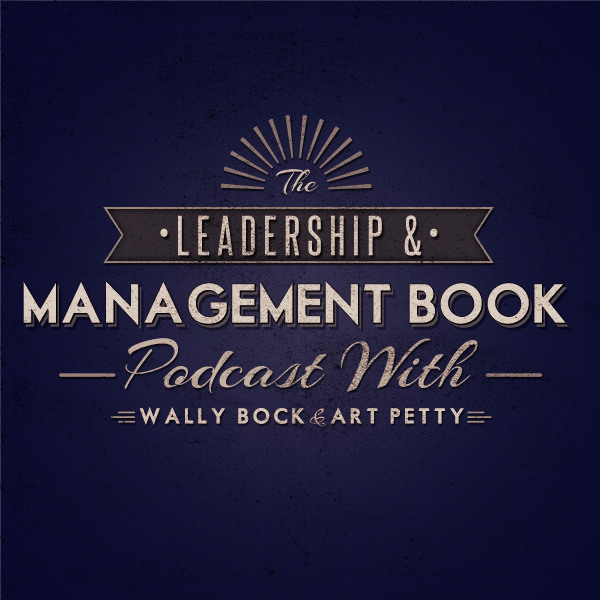It’s nearly impossible to have grown up in the world of business and organizations over the past few decades and have missed author, researcher, and self-described “student and teacher of what makes great companies tick.” Collins has sold over 10 million books worldwide and is probably best known for the business classic, Good to Great: Why Some Companies Make the Lead and Others Don’t, a book that is still regularly consumed by management teams.
Wally and I decided to focus on some of Collins’ lesser-known works in what turned out to be his Good to Great series: How the Mighty Fall: And Why Some Companies Never Give In and Great By Choice: Uncertainty, Chaos, and Luck–Why Some Thrive Despite Them All (with Morten T. Hansen as co-author). While it’s a bit of a spoiler, we loved one of these much more than the other.
Enjoy our thoughts and usual witty banter as we explore these works from Jim Collins!
—
In what was totally unexpected (and rare), Wally admits at the open that Art was right. “Once.” I’ll take it!
Art confesses he needed help to pronounce “Oeuvre” (1:05)
Art highlights why he likes Great by Choice for our (2:45)
Wally offers that Great by Choice is one of the only books by Collins that applies to businesses of all sizes. (3:15)
Art highlights the research twist that Collins and Hansen pursued in Great by Choice. Wally suggests that Hansen is a key contributor to this book and to the research quality. (4:20)
Wally ties Tom Peters into the podcast (always a positive!) and talks about how both Collins and Peters pursue research in pursuit of insights. (6:30)
Wally goes on a bit of a rant and raises the idea of a topic you don’t just encounter every day: “Physics Envy” (8:10)
Art introduces his appreciation of the use of the explorer Amundsen in Great by Choice and Wally piles on with enthusiasm (9:40)
Art clarifies who Amundsen was and how he fits into this Great by Choice discussion. Wally describes why he thinks this is so beautifully told in the book. Art and Wally agree that this is one of the best historical comparisons we’ve encountered in a business book (11:10)
For some reason, Wally raises the idea of a Clint Eastwood movie: Heartbreak Ridge (14:26)
Wally highlights why Great by Choice is a relevant read for our world in 2020 (15:40)
Art describes the three core behaviors that characterize Great by Choice (17:15)
Art shares a capstone quote from Great by Choice (18:15)
We shift to How the Mighty Fall and Art highlights the five stages that organizations navigate on their way from greatness to obsolescence (19:30)
Wally shares an example of an organization navigating the “hubris born of success” stage (21:24)
Art highlights his experiences with organizations falling into “the undisciplined pursuit of more” and “denial of risk and peril” stages (23:15)
Wally offers: “Find the truth-tellers” (25:40)
Art suggests the phrase really is: Sometimes strategy has to eat culture for dinner (26:30)
We discuss whether it’s OK for companies to die (27:40)
Art digresses on Wally’s mention of REO Speedwagon. It turns out, Wally wasn’t referencing the 70’s rock band (30:10)
Art asks Wally which one he would advise managers to read: it’s Great by Choice with overwhelming enthusiasm! (31:07)
Wally’s summary; Great by Choice is a great business book. How the Mighty Fall…not as useful. Art oddly agrees (33:10)
Art caps off the show with a quote from Great by Choice (33:52)
—







Leave A Comment